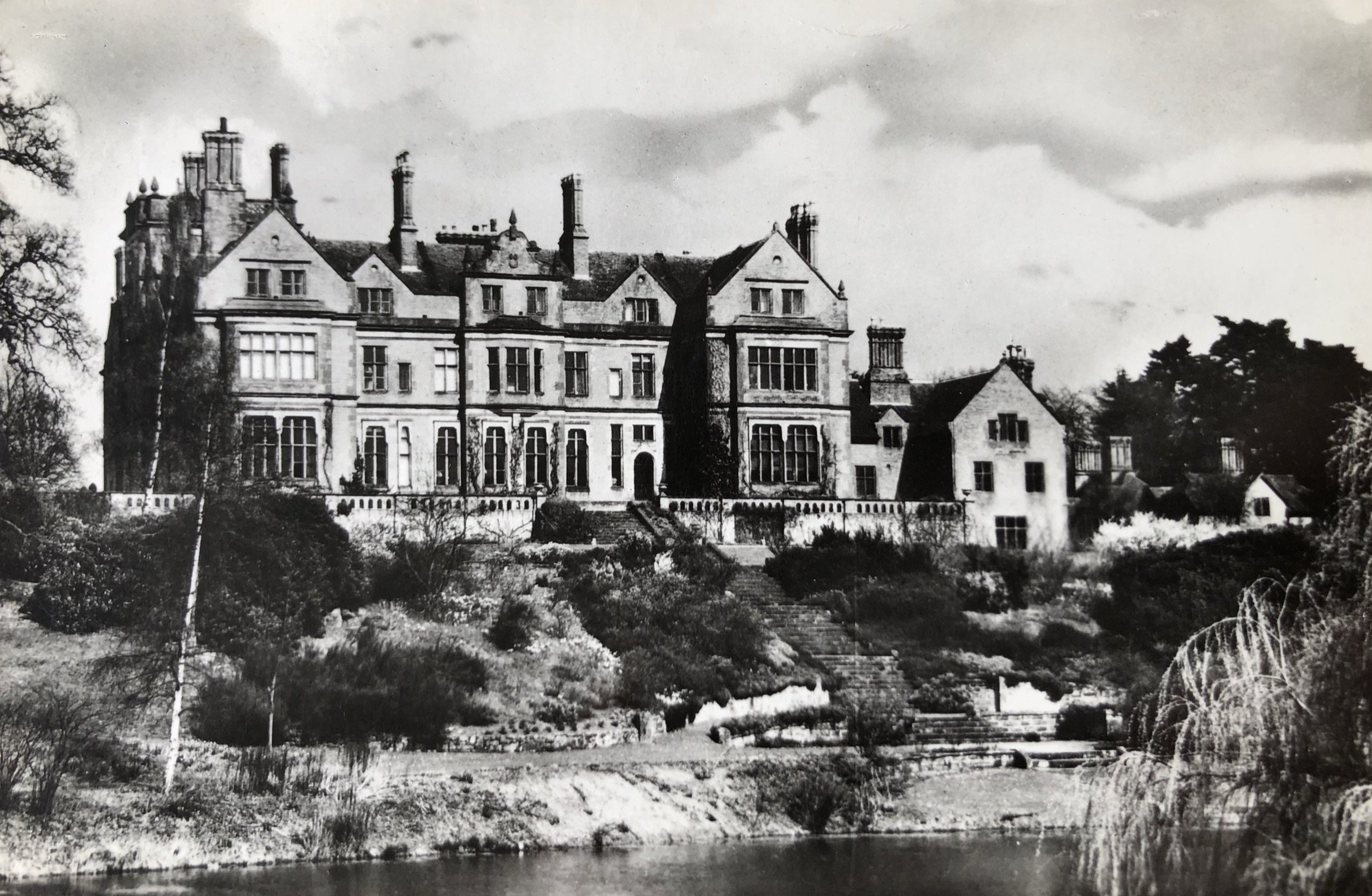
In this picturesque enclave of rounded hills and wooded valleys lies a story of innovation and commitment to the land and its inhabitants.
These gardens have existed in some form or another for many hundreds of years. Their design today reflects the changing shape and fortunes of Hodnet Hall – three different dwellings have existed within the grounds in the past millennium. What you see today represents a tapestry of human endeavour, beginning with the construction of a Norman castle in the 12th century, whose residual earthworks can be seen behind the visitors’ car park.
SHAPED BY A YOUNG MAN'S VISION | 1920s
In the 16th century, a large, timber-framed Tudor mansion occupied the area at the end of Beech Avenue – a damp and inauspicious location at the bottom of the valley. The Tudor stable block – now the Garden Restaurant – is all that remains; the Heber-Percy family vacated the house in 1865 to build a neo-Elizabethan red brick mansion on higher ground, with far-reaching views over the Shropshire hills. Around this house, they built a terraced walk and formal circle garden, both of which form part of the Gardens today.
It was the young army officer Brigadier A. G. W. Heber-Percy, Sir Algernon’s father, born in 1904, who had the vision to build a flight of steps that would link the house to the established gardens below, and to dig out a succession of pools; he was a passionate landscaper even in his twenties. Encouraged by his mother, he would invite members of his regement from London to Hodnet on the promise of a good weekend, and on the proviso that they helped him dig, which is how the daisy chain of pools came about.
Hodnet Hall in the 1890s
Hodnet Hall in the 1940s
A BOLD DECISION | 1960s
In 1966, five years after Brigadier Heber-Percy’s death, his son and daughter-in-law Algy and Jane took charge of the estate.
With a staggering 72 rooms, they felt the house was far too big for their needs so they commissioned architects to remove the second floor entirely and create an open cloister where the north wing once stood.
Ever since, Algy and Jane have welcomed visitors to share in the fluid and effervescent beauty of their gardens and to form their own memories of the beautiful plants, wildlife and parkland.

IN THE FOOTSTEPS OF GREATNESS
Pass beneath the dappling canopies of the trees that line Beech Walk and you’ll be walking in the footsteps of Bishop Reginald Heber, 1783–1826, who lived at the Old Vicarage in Hodnet for many years. Whilst walking down these drives he wrote his most famous hymns, including Holy, Holy, Holy, Lord God Almighty, which was considered by Tennyson to be one of the finest hymns ever written.
Reginald Heber would walk beneath these same trees some 300 years ago when he made regular visits to his brother in Hodnet Old Hall (of which only the stable block – now the Garden Restaurant – is still standing).


